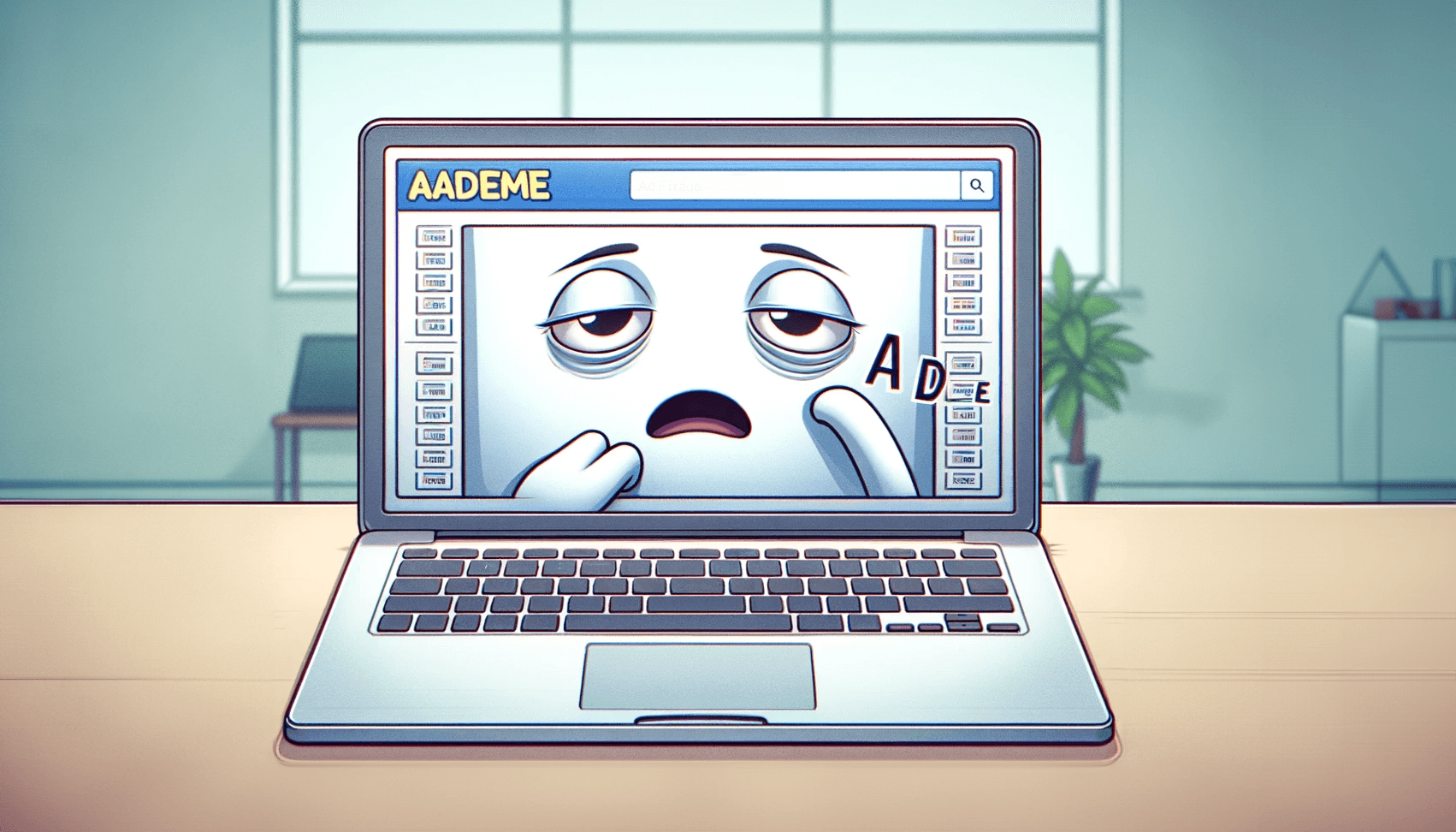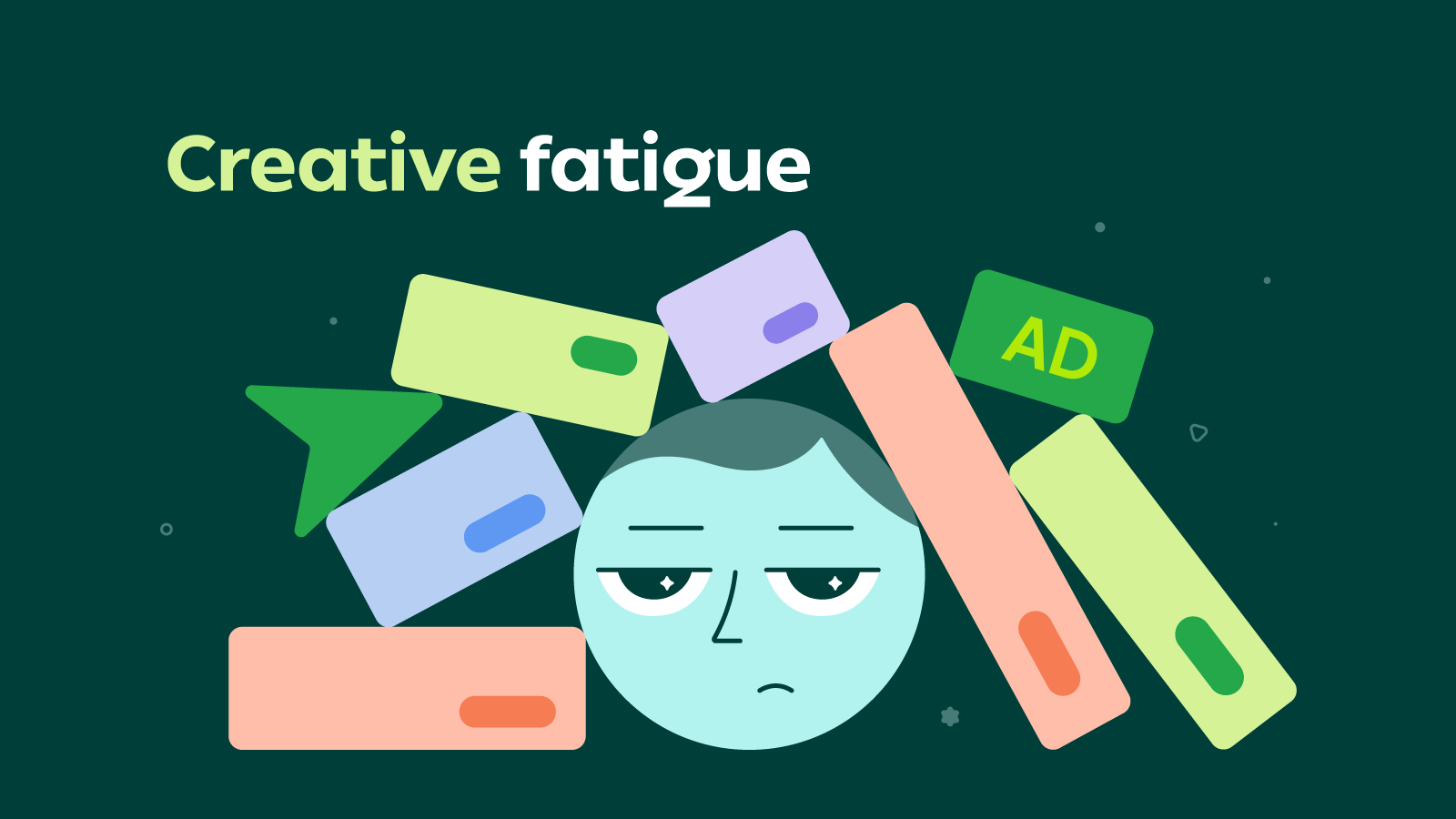
In the world of digital advertising, banner ad fatigue is a significant challenge. As users are bombarded with ads across multiple platforms, they often become desensitized or even annoyed, leading to lower engagement rates and ad performance. To keep your audience interested and prevent banner ad fatigue, it’s crucial to implement strategies that make your ads more engaging, relevant, and less intrusive. This guide will explore effective ways to reduce banner ad fatigue among users.
1. Understanding Banner Ad Fatigue
Banner ad fatigue occurs when users become overwhelmed or bored with seeing the same ads repeatedly. This can lead to lower click-through rates (CTR), reduced engagement, and a negative perception of your brand. To combat this, it’s essential to keep your ads fresh, relevant, and appealing.
2. Diversify Your Ad Creative
2.1 Regularly Update Ad Designs
One of the most effective ways to reduce ad fatigue is by frequently updating your ad designs. Users are more likely to engage with ads that feel new and different.
- Rotate Creative Variations: Use multiple versions of your ads with different designs, colors, and messaging. This keeps your content fresh and prevents users from becoming bored with repetitive visuals.
- Seasonal and Thematic Updates: Adapt your ads to reflect current events, seasons, or holidays. This not only adds variety but also makes your ads more relevant to the time of year or current trends.

How to Reduce Banner Ad Fatigue Among Users
2.2 Experiment with Different Formats
Exploring various ad formats can help maintain user interest.
- Interactive Ads: Incorporate interactive elements like quizzes, polls, or games. These types of ads encourage users to engage with your content rather than passively viewing it.
- Rich Media Ads: Use rich media formats that include animation, video, or sound. These ads are more dynamic and can capture attention better than static images.
3. Target Your Audience More Effectively
3.1 Implement Frequency Caps
Frequency capping is a technique that limits the number of times a user sees the same ad. This can significantly reduce ad fatigue.
- Set Optimal Frequency Limits: Determine the ideal frequency at which your ads should appear. Too few exposures might not be enough to make an impact, while too many can lead to fatigue. Testing and analytics can help you find the right balance.
- Segment Your Audience: Target different segments of your audience with tailored ads. By delivering more relevant content to specific groups, you can keep your ads interesting and engaging.
3.2 Use Dynamic Creative Optimization (DCO)
DCO allows you to personalize ads in real-time based on user data.
- Personalized Messaging: Customize your ad content based on user behavior, demographics, or location. Personalization increases relevance, which can help reduce fatigue.
- Adapt Based on User Interaction: Adjust your ads dynamically based on how users interact with them. For example, if a user has already clicked on an ad, show them a different message next time.
4. Enhance User Experience
4.1 Focus on User-Friendly Design
Ads that are intrusive or disruptive can quickly lead to user frustration and fatigue.
- Non-Intrusive Placement: Place your ads in locations that don’t interfere with the user experience. Ads that block content or are difficult to close can create a negative impression.
- Responsive Design: Ensure your ads are optimized for all devices. Ads that look good on both desktop and mobile screens are more likely to engage users without causing frustration.
4.2 Use Contextual Advertising
Contextual advertising places ads that are relevant to the content users are viewing.
- Content Alignment: Ensure your ads align with the themes and topics of the webpage they appear on. Contextual relevance makes ads feel less intrusive and more like a natural part of the user experience.
- Interest-Based Targeting: Target users based on their interests or past behavior. Ads that are relevant to what users care about are more likely to resonate and less likely to cause fatigue.
5. Analyze and Optimize Continuously
5.1 Monitor Performance Metrics
Regularly analyze the performance of your ads to identify signs of fatigue.
- Track CTR and Conversion Rates: Declining click-through or conversion rates may indicate that users are losing interest in your ads. Use these metrics to determine when it’s time to refresh your creative.
- Analyze User Feedback: Pay attention to any feedback or comments from users regarding your ads. Negative feedback can be a sign of ad fatigue and a cue to change your approach.
5.2 A/B Test Different Strategies
Continuous testing can help you identify the most effective ways to reduce ad fatigue.
- Test Different Frequencies: Experiment with different ad frequencies to find the optimal level that maximizes engagement without causing fatigue.
- Compare Creative Variations: A/B test different ad designs, messages, and formats to see which ones resonate best with your audience.
Conclusion
Reducing banner ad fatigue is essential for maintaining user engagement and ensuring the effectiveness of your digital advertising campaigns. By diversifying your ad creative, targeting your audience more effectively, enhancing the user experience, and continuously analyzing and optimizing your approach, you can create ads that capture attention without overwhelming your audience. These strategies will help you keep your banner ads fresh, relevant, and engaging, leading to better results and a more positive perception of your brand.
